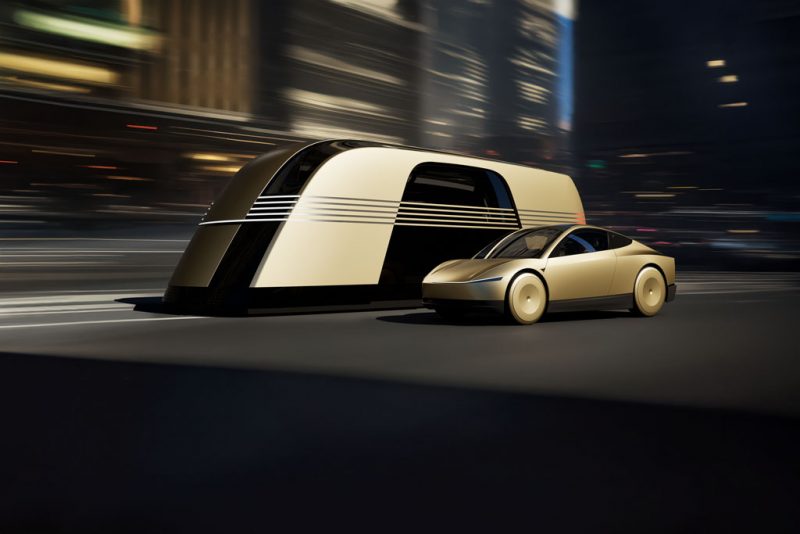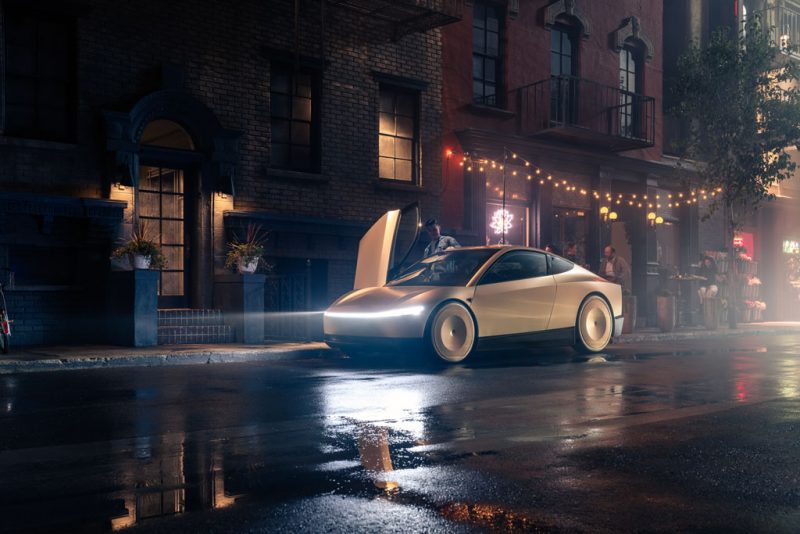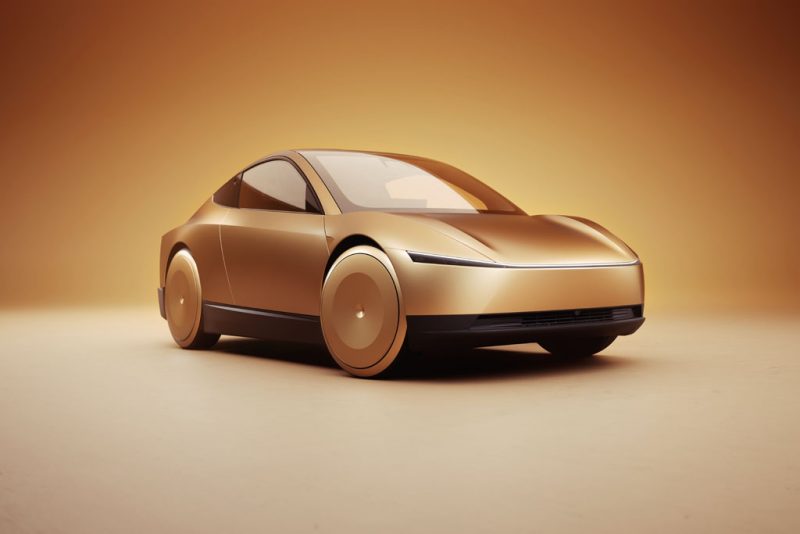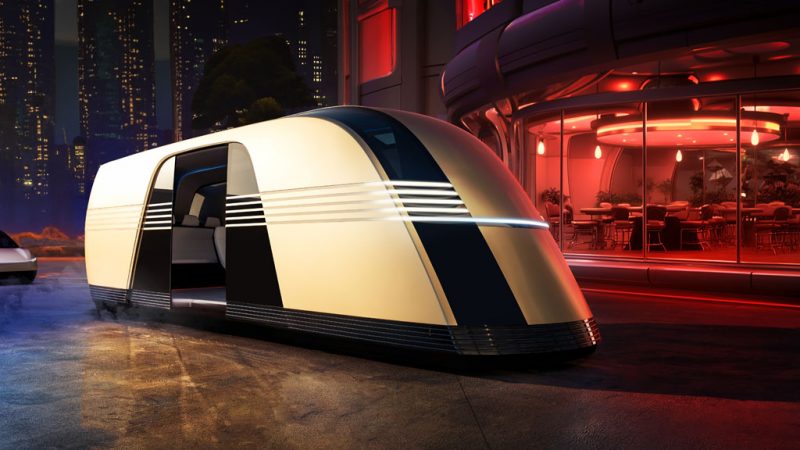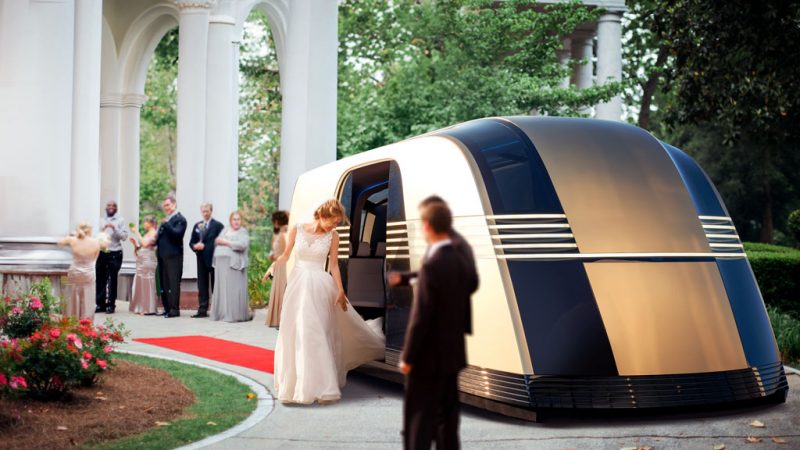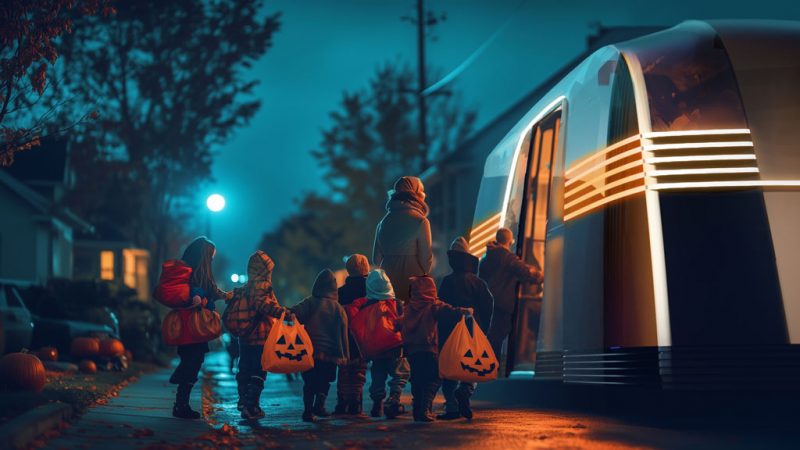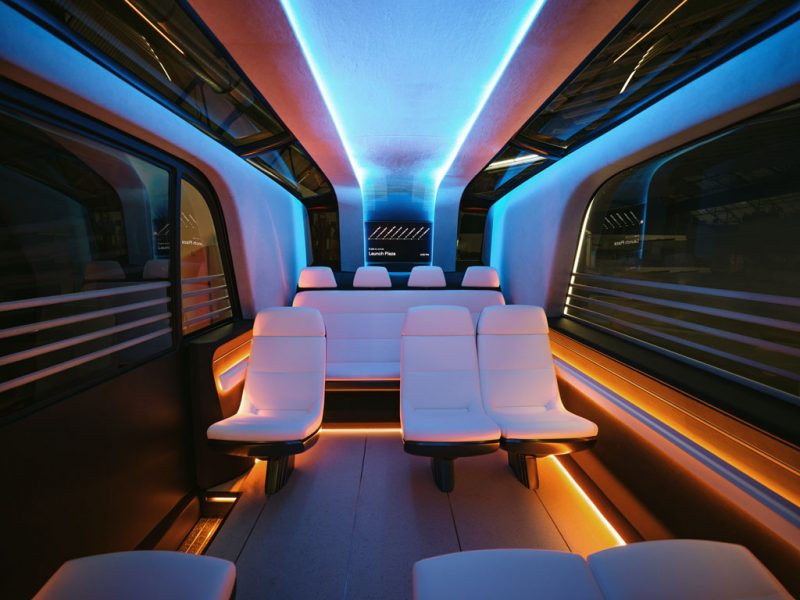
Tesla Introduces the Cybercab Robotaxi and Robovan for the Future of Driverless Technology
Tesla just pulled the curtain back on two brand-new vehicles: the Cybercab Robotaxi and the Robovan. These fully autonomous vehicles were revealed by Elon Musk during a special event in Hollywood. They both show Tesla’s push toward a driverless future, but here’s what you need to know about each one.
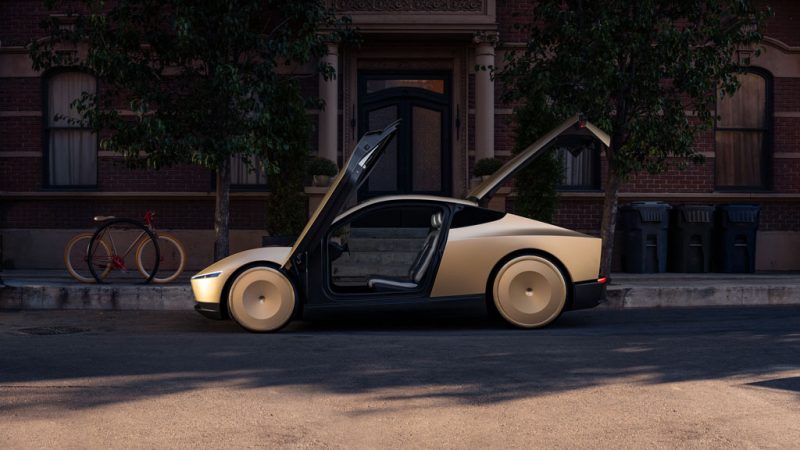
What is the Cybercab?
The Cybercab is Tesla’s latest take on the future of city transportation. It’s a two-seater car with a futuristic design, borrowing its front end from the larger Cybertruck. Its butterfly doors give it a sleek look, but what really sets it apart is the fact that it doesn’t have a steering wheel or pedals. This car is designed to drive itself, with passengers controlling everything through a large touchscreen in the middle of the dashboard.
IS YOUR COMPUTER SECURE?
FREE Malware Removal
Detect & Remove Adware, Viruses, Ransomware & Other Malware Threats with SpyHunter (FREE Trial)
IS YOUR COMPUTER SECURE?
FREE Malware Removal
Detect & Remove Adware, Viruses, Ransomware & Other Malware Threats with SpyHunter (FREE Trial)
IS YOUR COMPUTER SECURE?
FREE Malware Removal
Detect & Remove Adware, Viruses, Ransomware & Other Malware Threats with SpyHunter (FREE Trial)
A few key features:
- Completely Driverless: No steering, no pedals, just a giant screen in the middle to control your ride.
- Wireless Charging: The Cybercab charges using inductive charging, meaning no cables or plugs are needed.
- Affordable Price Tag: Elon Musk mentioned it could cost under $30,000, making it more affordable than most might expect for a self-driving car.
What’s missing for now are the technical details—Tesla didn’t reveal performance specs or range. And while the Cybercab is expected to hit the streets by 2026, it could be delayed. Musk has a history of setting ambitious timelines, and things tend to take longer than expected.
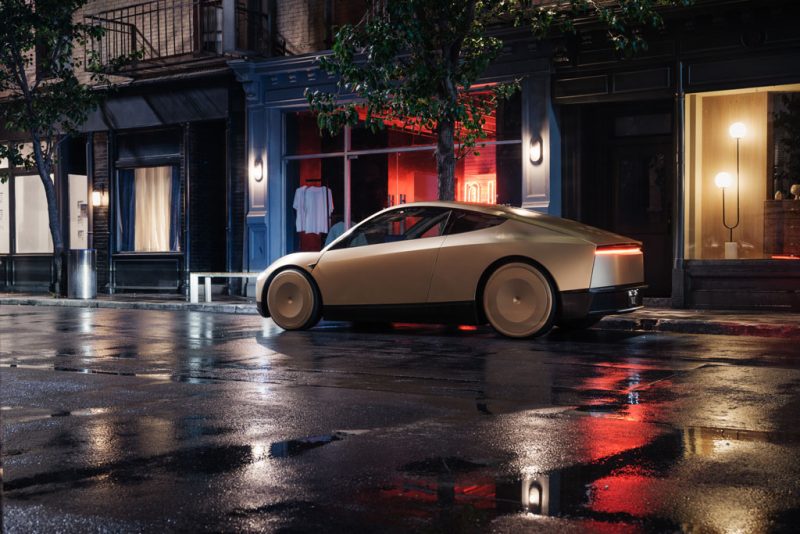
The Robovan: Tesla’s People Mover
In addition to the Cybercab, Tesla also showed off the Robovan, an electric van meant to move larger groups of people autonomously. We didn’t get much info on this one either, but it appears capable of seating more than 10 people. It’s unclear whether this will be available to everyday buyers or if it’s designed for more specialized uses like public transportation or large events.
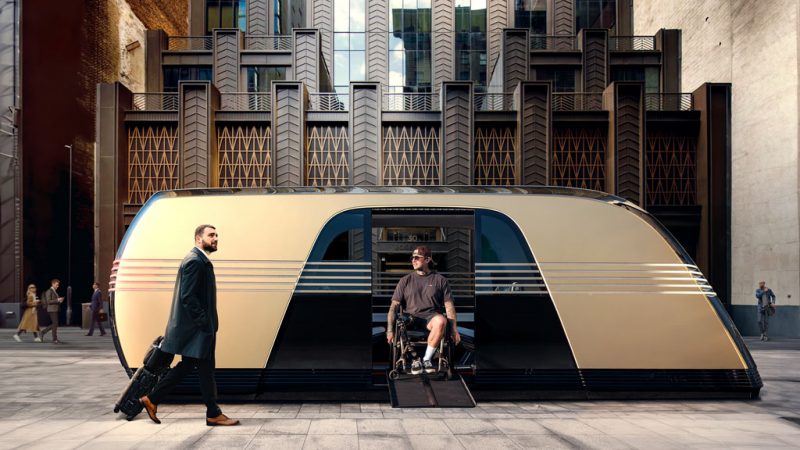
- Room for Over 10 Passengers: The Robovan is made to carry multiple people in one trip, all without a driver.
- No Tech Specs Yet: Details on range, charging, or other specs haven’t been shared yet.
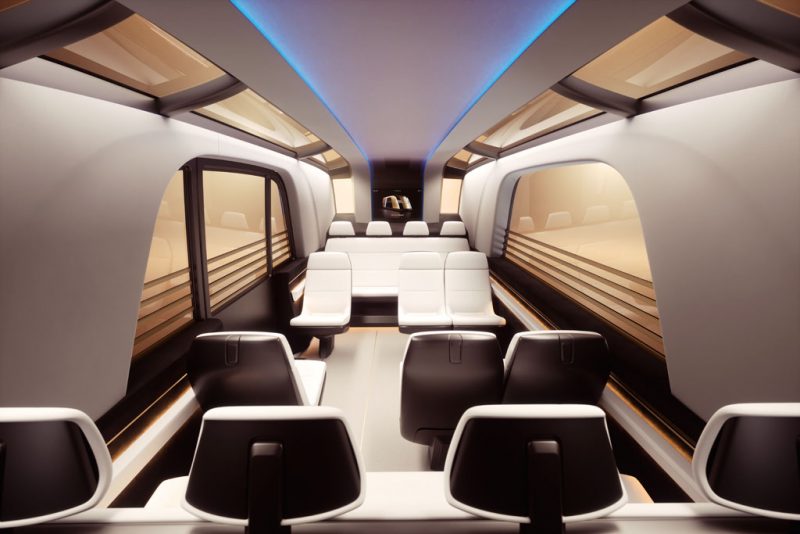
What’s Next for Tesla’s Self-Driving Cars?
Tesla plans to start autonomous driving with its Model 3 and Model Y vehicles in California and Texas as soon as next year. But if you’re waiting for the Cybercab or Robovan, it’s going to be a few more years—likely not until 2026.
That said, it’s worth keeping in mind that Tesla’s timelines often shift. Musk himself admitted they’ve been “optimistic” in the past. For now, Tesla is still testing these vehicles in controlled environments, and it could be some time before we see them in regular traffic.
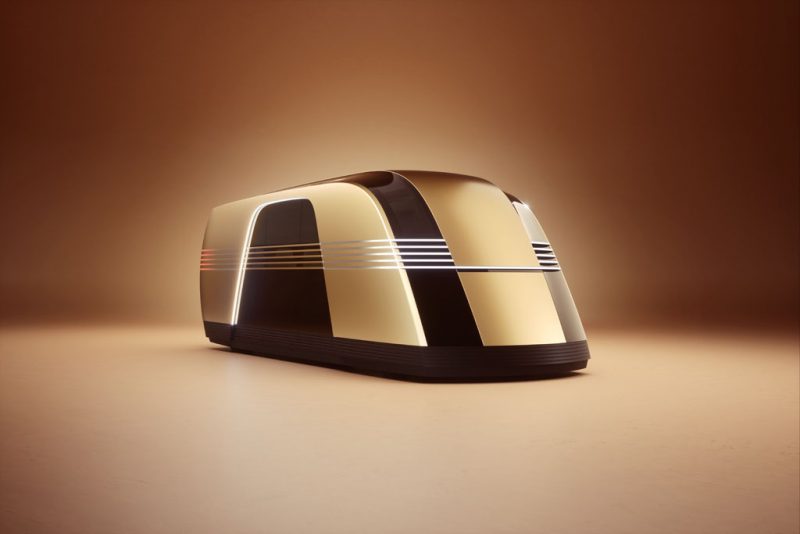
Why It Matters
Tesla’s push for fully autonomous vehicles could change the way we think about getting around. But challenges remain:
- Regulations: Getting approval for driverless cars won’t be easy, especially in busy cities.
- Public Adoption: Will people be ready to give up control and trust a car to drive itself?
The unveiling of the Cybercab Robotaxi and Robovan shows Tesla’s ambition to lead the self-driving revolution. The vehicles look promising, but we’ll need to wait and see when they’ll actually hit the road.
